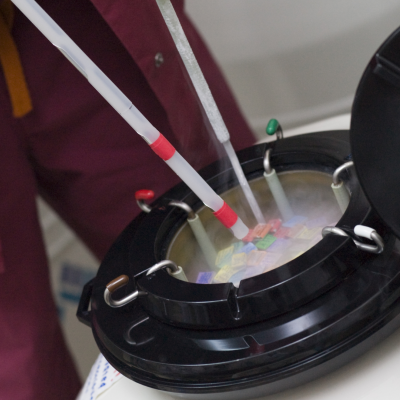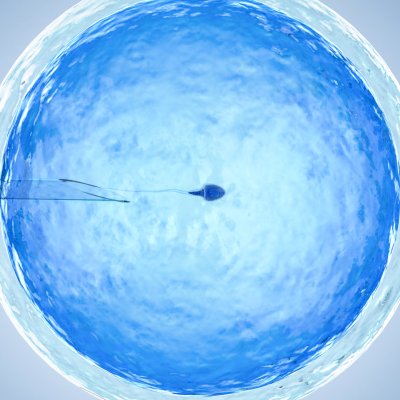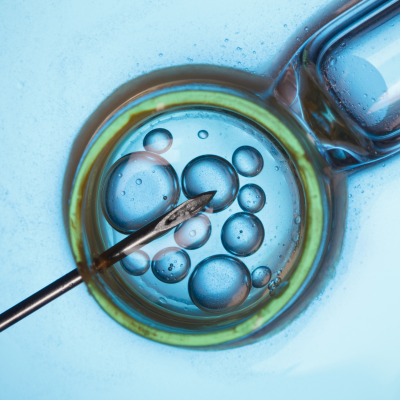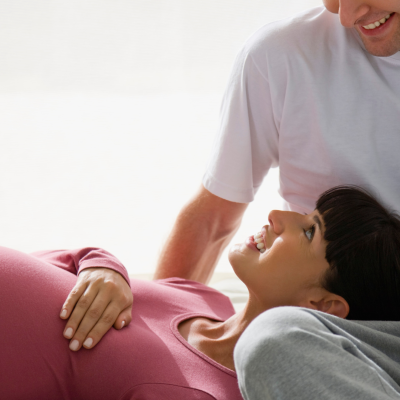Success Rate
The California Center for Reproductive Health prides itself on high success rates following tubal reversal. Our overall success rates are defined in terms of cumulative success rates following one year of attempting to conceive after a tubal reversal. Approximately 70% of women will conceive following the initial 12 months of trying, while cumulative pregnancy rates often exceed 70% after two years of trying. Although it is difficult to predict when conception will occur following a tubal reversal, the majority of pregnancies tend to occur in the first 6 months following the procedure. Despite high tubal repair rates (patency rates often exceed 95%), the success of the procedure may be greatly affected by a variety of factors:
-
Patient’s age – pregnancy rates are highest with younger age
-
Type of tubal ligation – certain types of tubal ligations are more amenable to repair and lead to higher success rates.
-
Final tubal length following repair – in general a final tubal length of 7 cm or more yields optimal results.
-
Sperm quality – a semen analysis may be performed in male partners who have not initiated prior pregnancies.
-
Prior surgery – prior abdominal surgery occasionally may affect success.
-
Other fertility factors – ovarian reserve testing may be recommended for women over age 40; uterine factors (i.e. fibroids or polyps) can often be excluded with a vaginal ultrasound.
-
The microsurgical technique – your surgeon’s experience and technique is one dominant factor for success.
Because many factors influence success following a tubal reversal, success rate needs to be individualized to each patient’s unique condition. The physicians at The California Center for Reproductive Health will obtain a complete medical and surgical history, physical exam and ultrasound exam and carefully evaluate your prior medical records at the time of initial consultation, and provide you with a fair and unbiased estimate for a successful reversal procedure.
















